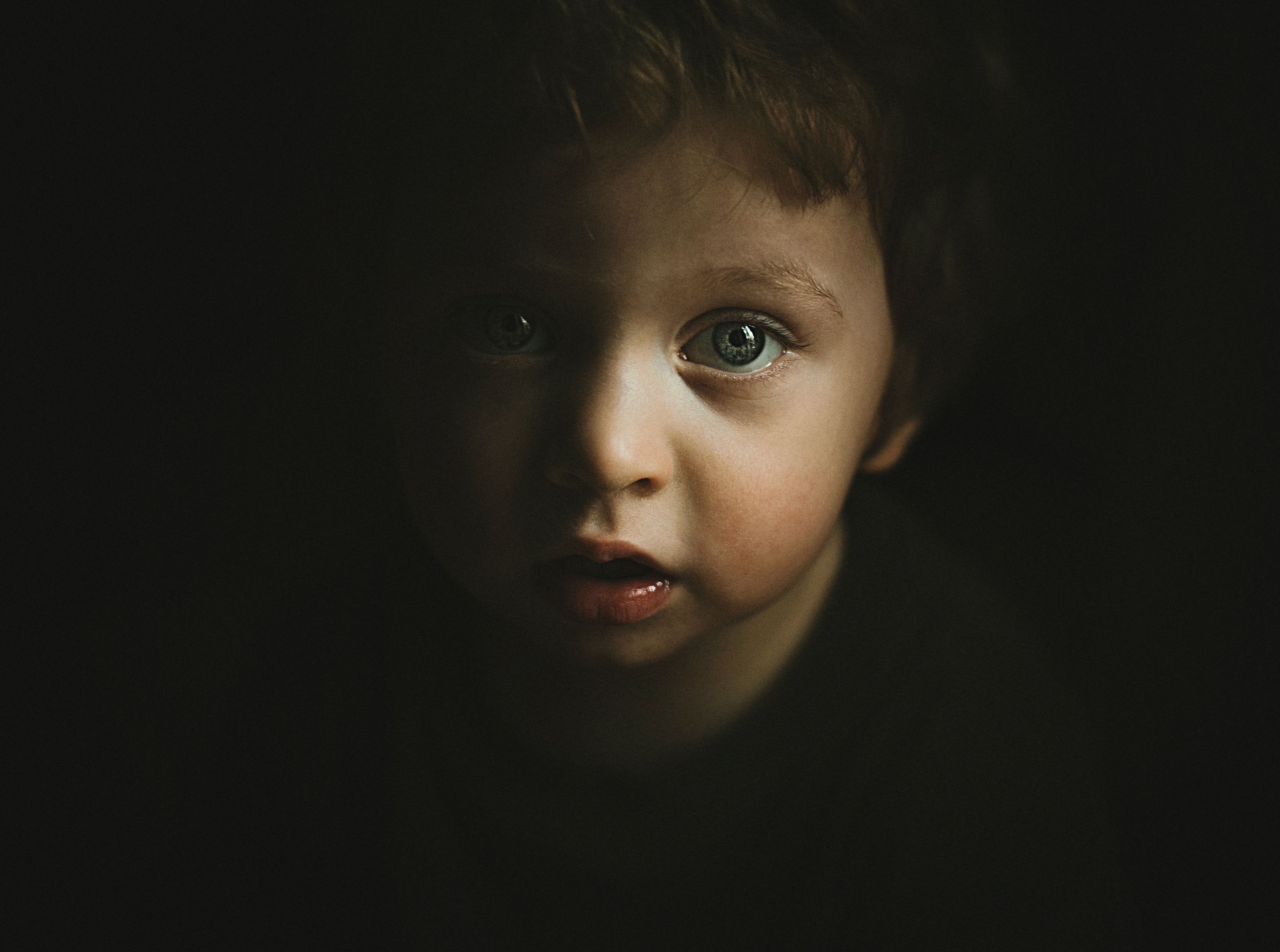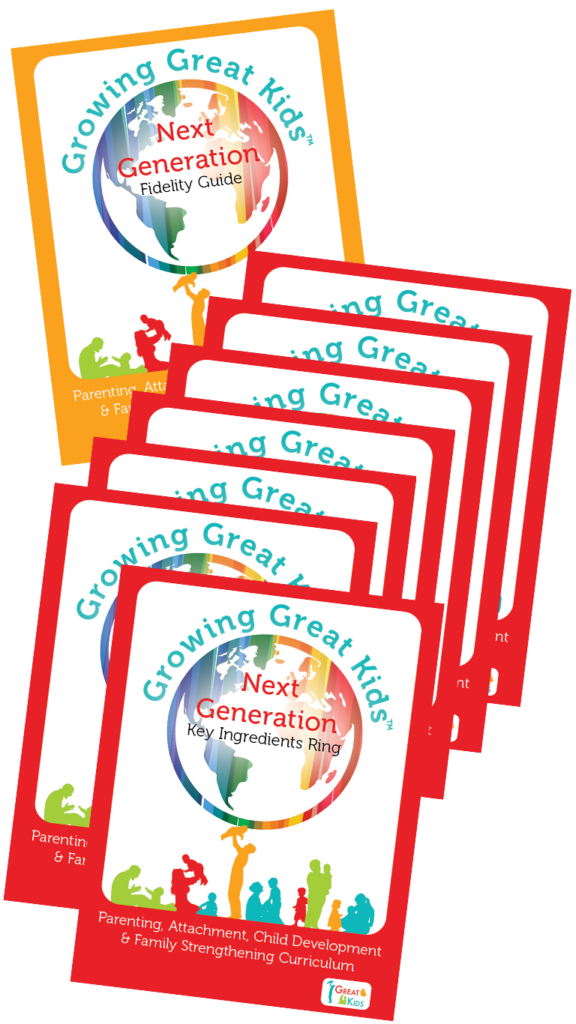October is often associated with fun fall activities. Those who celebrate Halloween will fill their front porches with decorative pumpkins, while others will head to the nearest apple orchard to pick the fresh fall fruit. The sports fans will cheer on their favorite football teams and others will find themselves getting lost in the fun of a corn maze. October truly is a wonderful month for many individuals, but there is a characteristic of the month that is often forgotten. The tenth month of the year marks Domestic Violence Awareness Month. A public concern that is familiar to adults and children alike. Children living in homes where domestic violence is occurring experience the unfortunate consequence of toxic stress.
Violence has become a part of our everyday life. Children can experience violence in various settings…schools, neighborhoods, and even within their own homes (American Academy of Pediatrics, 2016). Researchers now warn that violence experienced within the family is considered the most damaging type of violence for children (Maneta, White, & Mezzacappa, 2017). This research raises concern as it is estimated that 20 to 30% of American children have witnessed violence between their parents (Fowler, Cantos, & Miller, 2016). Among the children who are exposed to intimate partner violence, roughly 57% of these children report being maltreated at some point in their lifetime (Kiesel, Pieschar, & Edleson, 2016). Unfortunately, various researchers are finding that domestic violence and child maltreatment co-occur (Casanueva, Smith, Ringeisen, Dolan, & Tueller, 2014; Katz, 2014; Kiesal et al., 2016). Some researchers are even discovering that children who live with domestic violence witness between 70-85% of the abuse (Katz, 2014). As you read these statistics, you may be wondering why such devastating numbers are being shared with you. The reason is that you, as a home visitor, can empower caregivers to prevent this violence. Domestic violence causes toxic stress for children, however, you can support parents to prevent toxic stress within their families, by guiding them as they increase their understanding of its impact.
What is toxic stress? You may know the answer to this because you have worked through the GGF module that discusses toxic stress. Maybe you have not gotten to this module yet, but you have heard the concept tossed around among individuals or maybe you have seen toxic stress mentioned in the literature. Researchers describe toxic stress as the extreme or recurrent activation of the stress response, in the absence of a supportive adult to assist with co-regulation. The Center on the Developing Child at Harvard University (2011) describes in detail how the brain responds to stress. The Center explains that when the body experiences stress, the stress response system is activated. This activated response system causes increased heart rate and stress hormones. When a child experiences stress, but a loving and caring adult responds to the child, the stress response system can return to normal. However, when a child does not have an adult to respond in moments of extreme stress, like often is the case during domestic violence, the child’s stress response system stays activated. This continuous activation can cause a reduction in the connection between neurotransmitters in the brain comprised for learning and reasoning. Does this information remind you of any specific daily do? Yes, Brain Builders!
When discussing toxic stress that is rooted in domestic violence, think of the bubble brains. We know little brains that face trauma miss out on important connections that need to form in early childhood. Even though toxic stress can be a difficult topic to explore, the great news is you have various tools in your GGK Curriculum that can guide conversations around toxic stress and healthy brain development for children. Please see the list of useful modules or subsections listed below that can guide you as you support parents to prevent toxic stress and promote healthy brain development.
Growing Great Kids Prenatal
Unit 3 Module 4: Your Baby’s Developing Brain
Growing Great Kids Birth to 12 Months Manual
0-3 Months: Physical and Brain Development
Growing Great Kids 13 to 24 Months
16-18 Months: Physical and Brain Development-Building a Great Brain: Parental Influences
Growing Great Families
Unit 2 Module 1: Protecting Your Children from Toxic Stress
Unit 2 Module 5: Warning Signs for Stress Overload
As you settle into October, please remember it is Domestic Violence Awareness Month. When raising awareness for this type of violence, don’t forget to be a voice for the children who are a part of this violence.
References
American Academy of Pediatrics. (2016). Childhood exposure to violence. Retrieved from: https://www.healthychildren.org
Casanueva, C., Smith, K., Ringeisen, H., Dolan, M., & Tueller, S. (2014). Families in need of domestic violence services reported to the child welfare system: Changes in the national survey of child and adolescent well-being between 1999-2000 and 2008- 2009. Child Abuse and Neglect, 38, 1683-1693. Retrieved from: http://www.sciencedirect.com
Center on the Developing Child Harvard University. (2011). Three core concepts in early development. Retrieved from: https://developingchild.harvard.edu
Fowler, D. R., Cantos, A. L., & Miller, S. A. (2016). Exposure to violence, typology, and recidivism in a probation sample of domestic violence perpetrators. Child Abuse & Neglect, 59, 66-67. Retrieved from: http://www.sciencedirect.com
Johnson, S. B., Riley, A. W., Granger, D. A., & Riis, J. (2013). The science of early life toxic stress for pediatric practice and advocacy. Pediatrics, 131,319-327. doi: 10.1542/peds.2012-0469
Katz, C. (2014). The dead end of domestic violence: Spotlight on children’s narrative during forensic investigations following domestic homicide. Child Abuse and Neglect, 38, 1976-1984. Retrieved from: http://www.science direct.com
Kiesel, L. R., Pieschar, K. N., & Edleson, J. L. (2016). The relationship between child maltreatment, intimate partner violence exposure, and academic performance. Journal of Public Child Welfare, (10) 4, 434-456. doi: 10.1080/15548732.2016.1209150
Maneta, E. K., White, M., & Mezzacappa, E. (2017). Parent-child aggression, adult-partner violence, and child outcomes: A prospective, population-based study. Child abuse & Neglect, 68, 1-10. Retrieved from: http://www.sciencedirect.com


